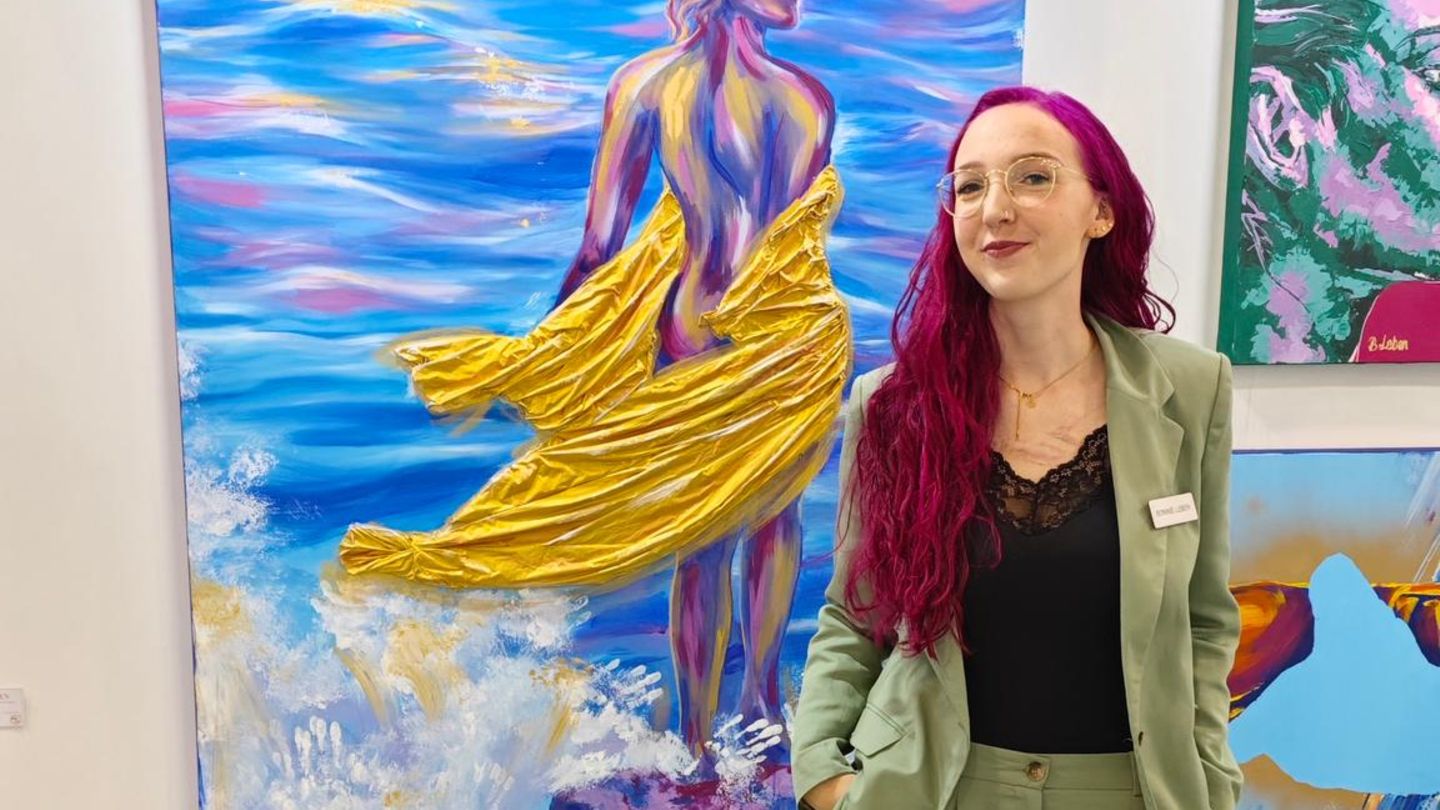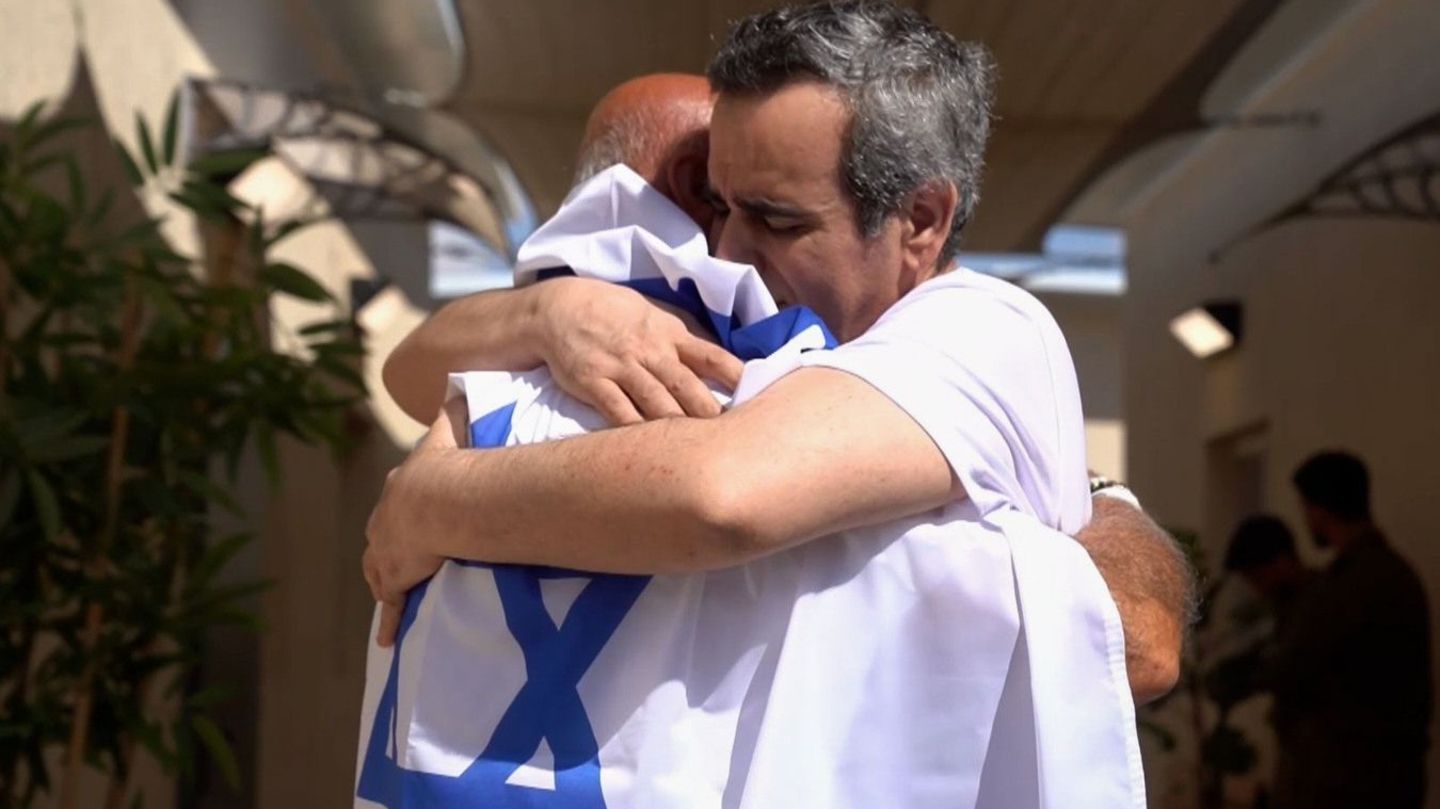Many identities share one body. What sounds like science fiction is reality for some people, including the Bonnies. They suffer from “dissociative identity disorder”. Four of them told us their stories.
Who doesn’t know the inner voices that like to speak out, especially before important decisions – and thus represent completely opposing views. We all have different parts of our personality that don’t always pull together. But what if the whole thing doesn’t just happen in our heads, but is so pronounced that we consist of several distinct personalities? Then we speak of a “dissociative Identity disorder“. But what is it actually like to be many?
The Bonnies know this very well, they have a “dissociative identity disorder” and speak on Social media about how this shapes their lives. They don’t know exactly how many people the Bonnies are – new parts keep coming to light. But the whole thing only really becomes tangible when you get to know a few of them, when you hear them speak and see that really different characters live in one person. Four of the Bonnies took us exclusively into their world of thoughts. We’ll learn in the next few days Tessa, IsaFiona and 46 get to know each other a little better. Let’s start with Fiona.
I’m Fiona and I’m in my late 20s, so a bit older than the body I live in. It’s 24 years old. And it’s been that way for quite a long time. How does that work? I live with a “dissociative identity disorder” (DIS). That means I share my body with many other personalities, previously it was called multiple personality disorder. The diagnosis was an attack for me at first, I felt reduced to the illness. That’s why I prefer to use the term “dissociative identity structure” today. We are not an illness, but people and have a different personality structure to other people due to unhealthy living conditions. What makes DIS an illness is the suffering, the limitations and the extent to which it affects our lives.
For me, it is very normal to be many. I don’t know it any other way. Ever since I can remember, I have known that there are others inside me because I can see them. But I don’t really have contact with them. This (often) difficult coexistence inside, which is not always as harmonious as you might imagine, has always been just as relevant to me as everything that happens in the outside world. It doesn’t matter whether I am inside or at the front of my body, both are part of my life. Being at the front means that I am the person taking action. Both are real to me and can be equally painful. I don’t make any distinction.
I think that overall I can handle more than some of us. I have an intense approach to some of our traumas, which is sometimes very difficult. That’s why I’m always happy about the time in the body because I can then have new experiences. There are more feelings than just trauma, trauma, trauma. Through contact with other people, I am not alone with my thoughts and can communicate. I enjoy that very much.
The first step to diagnosis
What is Dissociative Identity Disorder?
In “Dissociative Identity Disorder” multiple identities exist in one person. They can differ significantly in behavior, way of thinking and language and sometimes do not remember each other’s experiences. The condition used to be known as multiple personality. Roughly speaking, dissociation means a split in our thoughts, actions or feelings.
The extreme form of dissociation is considered a trauma-related disorder. This means that it arises from traumatic experiences in early childhood. If small children experience persistent sexual, physical or psychological violence, it can happen that they are unable to fully develop their personality and instead split it into different parts in order to be able to process the whole thing better.
Psychiatrists make the diagnosis based on a detailed anamnesis and special questionnaires. The condition is extremely rare; it is estimated that around 0.5 percent of people suffer from it. The diagnosis can be found in the ICD and is therefore considered an official diagnosis, although some experts see it as controversial. Others suspect that the number of unreported cases could be much higher, as many psychiatrists do not take those affected seriously. Once the diagnosis has been made, psychotherapy can help to integrate the personality traits or at least establish cooperation between them.
In the past, I was mainly at the front in trauma situations. I am one of those parts that remembers some of the trauma and was often at the front in those moments. And I carry a very large part of it. That is sometimes overwhelming, and I sometimes feel really alone with it.
On the other hand, this awareness has given me a lot of knowledge about our past. Everyday life, on the other hand, never existed in my memory – I only got to know it much later. Sometimes I still envy the everyday people here in the body because they lead their lives without being aware of anything that happened to us in the past. They were created so that we can cope with everyday life and are therefore cut off from our traumas and sometimes still think that we lead a life without experiencing violence. They didn’t choose that themselves. But: For a while, that really made me angry.
That was also the reason why at some point I wrote a message to our everyday people in the diary, which shook some of them up and was the first step towards making a diagnosis. I wrote: “If you don’t speak, you won’t be heard. So I scream because the rest of you are silent. Your silence doesn’t undo my past. It just means that, unlike you, I will never have a future. You decide: your life “To live your illusion for a long time and thereby expose numerous others of us to violence. Or to face the truth and learn together what living really means.”
You have to understand that at that time, the everyday people were completely shut off from everything inside and from the trauma. They didn’t know what had happened to us and didn’t want to know anything about it at first. And then I suddenly came into everyday life. That wasn’t actually my job, after all I was responsible for taking on the trauma. But then I started writing things down and taking them with me to therapy. That meant that the everyday people had to look at it at some point too.
How does life actually work without dreams?
But trauma is still my main task today. None of us chose our purpose; we emerged as a survival mechanism and fulfill that purpose in different ways. And there is still too little awareness, both among ourselves and outsiders, about what makes one person many and what happens within us. If I have the feeling that we are not seen or understood outside, whether at the doctor, in therapy or in everyday situations with friends or strangers, then I usually speak up. Then I explain and name things as they are. I made that a bit of a task for myself a few years ago when we started to look at what was actually going on with us.
The biggest challenge for me was coping with everyday life. Until a few years ago, I had only known trauma. When I experienced safety for the first time, I didn’t even know how to use a kettle. I didn’t know that you go shopping and that I have friends, let alone how to communicate with them. And I still often notice: I actually have no idea how this life works here. So every day I learn anew how to live. And I was able to learn that people can also be safe. I have very fond memories of how I met our friends. Every single first meeting. It was totally crazy for me that being close to people can also feel good.
When we were still exposed to violence, I always tried to defend myself. It never worked; it only encouraged some perpetrators even more. I tried anyway – for the illusion of self-determination. Today I am just glad that the past is in the past and I enjoy every minute in my body. Most of the time I just live in the moment and am happy when I can spend my time with people I love. Everything else is secondary. Ultimately, though, what I long for most is peace and quiet.
What I hope for in the future is more awareness from us and outsiders. And that we (and all those affected) are listened to more. It would also be great if trauma was no longer a taboo subject in society. Bad things happen every day and all over the world. Those affected can only be helped if people pay attention. I always think to myself that I didn’t survive this for nothing. I have to do something with this experience – and if I can’t heal us, then I at least want to do something for other affected people.
This protocol is the first part of a four-part series on the topic of “Dissociative Personality Disorder”. We believe that in order to even begin to understand what it feels like to be “many”, you should listen to more than just one of the personality parts. That’s why we’re letting four of the Bonnies have their say – and they’re taking us into their world. In the next part, we’ll get to know Isa. She’s one of the everyday people – and was therefore quite surprised when she found out that there’s so much more inside her than her own world of thoughts.
This is part one of the series.
You can find part two of the series here.
You can find part three of the series here.
Part four of the series can be found here.
Source: Stern
I’m Caroline, a journalist and author for 24 Hours Worlds. I specialize in health-related news and stories, bringing real-world impact to readers across the globe. With my experience in journalism and writing in both print and online formats, I strive to provide reliable information that resonates with audiences from all walks of life.




